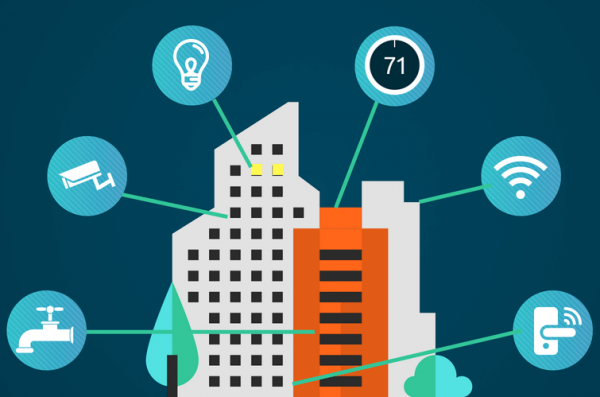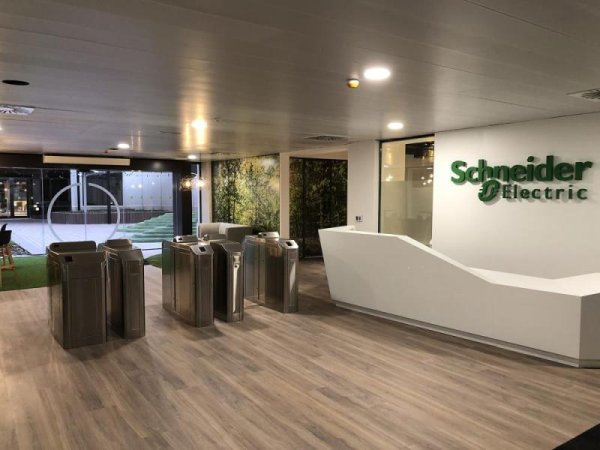Why building automation is needed
In recent years, such phrases as "smart home" and "building automation" have become firmly entrenched in the minds of many. Today, one can hear and read about intelligent systems in the media, in technical literature, in scientific journals. And if you have the impression that an automated building is a structure full of various modern gadgets, then this is the result of a rather cursory look at this topic.
An automated system in a building is by no means just the ability to turn on a light with your voice or turn on an air conditioner or a microwave oven from a common wireless remote control. In fact, the possibilities of automation are much wider, and the effect of using such solutions is much deeper.
Today, the market of automation systems for residential and industrial buildings is developing very actively. Many engineering challenges are solved to ensure optimal control of heating, lighting, ventilation, etc.So these are not just toys and entertainment for rich building owners, but a real cost minimizer in addition to more comfort and lower staff costs.
So why do you need building automation at all? Let's start with the fact that any building by purpose is intended, first of all, to be a reliable fence from the external environment for both people and various equipment located inside, etc.
One should feel comfortable in it. Therefore, in addition to the walls and roof, it would be good to ensure at least a sufficient amount of fresh air and its appropriate temperature. The ventilation, heating and air conditioning systems are responsible for this. In addition, light, internet, etc. are usually required.
As we understand, the lighting should be optimal and the power supply should be uninterrupted. So it turns out that the modern building is full to capacity with various engineering systems. And if it weren't for the automation of management, people would be doomed to spend a significant part of their time walking around the building and pressing various buttons. In the best case, a few people from a dedicated service staff will be needed.
Thus, it turns out that automation can definitely reduce the cost of service personnel. At the same time, the management of the systems should be of high quality and not amenable to manual control, and it is better if it surpasses it.
And so it happens. Suppose the weather outside the window changed drastically, the person at his workplace got cold and he went to turn on the heater.By the time he gets there, by the time he turns it on, by the time he adjusts the temperature, it will be a long time, he will have time to warm up, and soon he will have to go back to turn it off. What if this happens several times a day? This is not good. The entire workflow is down the drain.
Automation, unlike humans, is able to constantly and continuously monitor the change in air temperature in real time and adjust it as needed, maintaining an optimal working atmosphere in the building, regardless of whether the temperature outside changes.
If the building has, say, an automated boiler room, then its operating mode can be adjusted automatically. The water temperature will be monitored in real time and, if necessary, will be changed. As a result, due to the high quality control of the operation of such systems, the comfort for people in the building will increase many times.
As we noted above, automation can significantly reduce service personnel costs. This is already obvious. In addition, it is worth noting the reduction in energy costs. This mainly includes lighting and heating. Of course, this is important, especially for our country, where many regions of the country have a cold climate and rapidly changing daylight hours.
For example, consider the same heating system. If it is not adjusted automatically, then the room will be kept constantly warm, so that when it is cold outside, no one is frozen in the room.
And if it gets warmer? The room will become hot, and this will reduce comfort, reduce people's ability to work and contribute to wasteful energy consumption.If heat production is maintained relative to the current room temperature, then energy costs will be significantly reduced.
Exactly this effect is achieved with well-developed control algorithms, which are the basis of a building automation system. This also includes automatically controlled lighting, ventilation and air conditioning systems, depending on their condition, and other building automation equipment.


